Your procurement department receives hundreds of purchase requisitions every day for supplies and services, in various formats and layouts. Prior to creating the Purchase Orders (POs), the staff manually enters the data in the ERP system to validate them against supplier data and inventory to ensure your organization in managing spend efficiently. This repetitive and laborious process not only takes the focus of your team away from high value activities, it also introduces errors into your system and increases the time taken to fulfill POs, impacting business operations.
Now imagine this – an Intelligent Automation system that downloads requisitions validates data against preferred supplier contracts and uploads the data into your ERP system for formatting, PO creation and processing – without any human intervention or errors. This allows your procurement team to focus on analyzing spend, reducing costs and increasing procurement efficiency
If you are looking to outperform in an increasingly digital post-pandemic world, the second scenario – deploying procurement automation – is clearly the way to go.
Why automate purchase requisition and order processing?
Forward-looking organizations increasingly recognize that modernizing their procurement processes is key to elevating customer experience and strengthening their bottom line. Even more so in the post-pandemic era where the pressure to reduce costs and increase digital engagement is intense. But the reality is Purchase Requisition (PR) and Order Processing is still predominantly manual and involves cumbersome data entry, verification and validation (see Figure 1). Relying on clunky manual processes results in high costs, error rates and lead times, in turn impacting customer experience.

Figure 1
Automating source-to-pay processes can help reduce spend by up to 3.5%, according to McKinsey. For an organization with an annual spend of $1 Bn, this translates to a whopping $35 Mn a year in savings.
How does Intelligent Automation work?
Intelligent Automation combines Robotic Process Automation (RPA) with Machine Learning and cognitive agents to synthesize both structured and unstructured information, for end-to-end process transformation. Three major areas of application across the PO management lifecycle include:
- Managing part and vendor catalogs, price lists, etc.
- Processing PRs and POs – order entry, vendor validation and workflow approval management
- Tracking an order/part across the purchasing process
So, how can you combine RPA with conversational chatbots to intelligently automate complex Purchase Requisition and Order Processing? RPA automates repetitive, mundane human tasks with a finite set of rules and workflows to improve efficiencies and productivity. Chatbots, on the other hand, act as the convenient, front-end interface. They understand natural language and provide instant responses to users by fetching data from across systems. For instance, you could ask the system: What is my order status? Or simply say: I want to create a PO. And the system will take care of the rest.
Create a zero-touch process to simplify and accelerate PO processing
Let’s take the PO creation process to see how Intelligent Automation helps create a zero-touch process. The user simply enters basic PO details – company and vendor name, item to be purchased, date – in the chatbot interface. The bot then interfaces with multiple systems to complete all the steps in the PO creation process within minutes (see Figure 2), significantly reducing time and effort and improving accuracy.

Figure 2
Our experience in working with global organizations shows that the benefits are wide-ranging. These include over 95% reduction in processing time and 700% increase in PO processing throughput. Another advantage: with chat becoming the interaction medium of choice for millennials, leveraging chatbots enhances user experience and satisfaction
Procurement automation – a major driver of post-COVID success
Businesses across industries are looking to hasten and build agile, resilient operations across functions to counter pandemic-related pressures. Unsurprisingly, a study by Forrester Consulting reveals that nearly 50% of businesses are considering investments in Intelligent Automation, within the next year. Clearly, jump-starting automation in Finance & Accounting sooner rather than later is crucial to address mounting cost pressures, support a remote workforce, and stay ahead in the next normal.
Firstsource offers Intelligent Automation for Finance & Accounting across Procure-to-Pay (P2P), Order-to-Cash (O2C), Record-to-Report (R2R), Treasury, Tax and Risk, and Financial Planning and Analysis functions. Our IA offerings guarantee business outcomes, helping global businesses compress operating costs by as much as 50%.
Further Reading: 3 Steps to Enhance Invoice Processing Efficiency through Intelligent Automation










